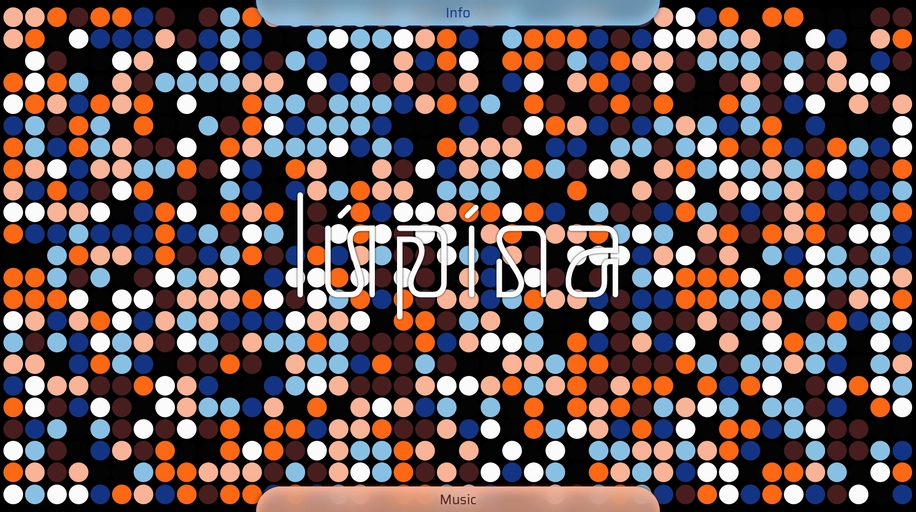
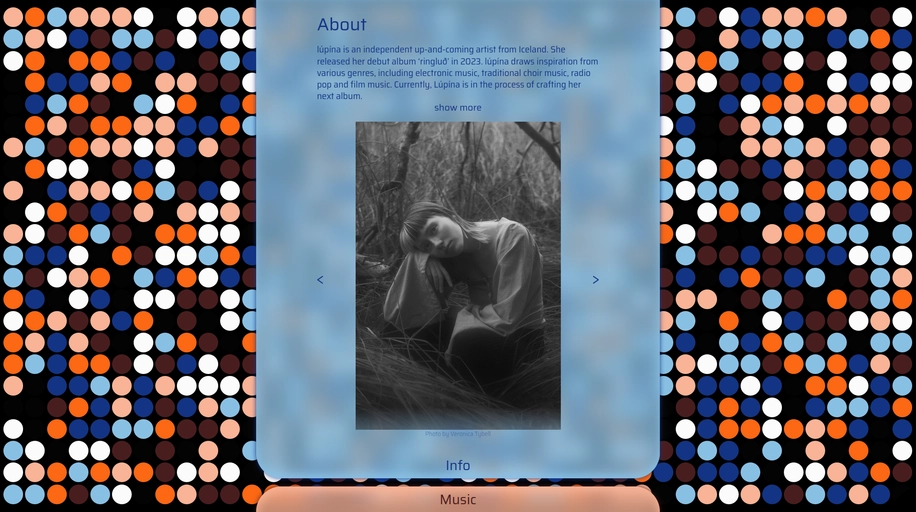
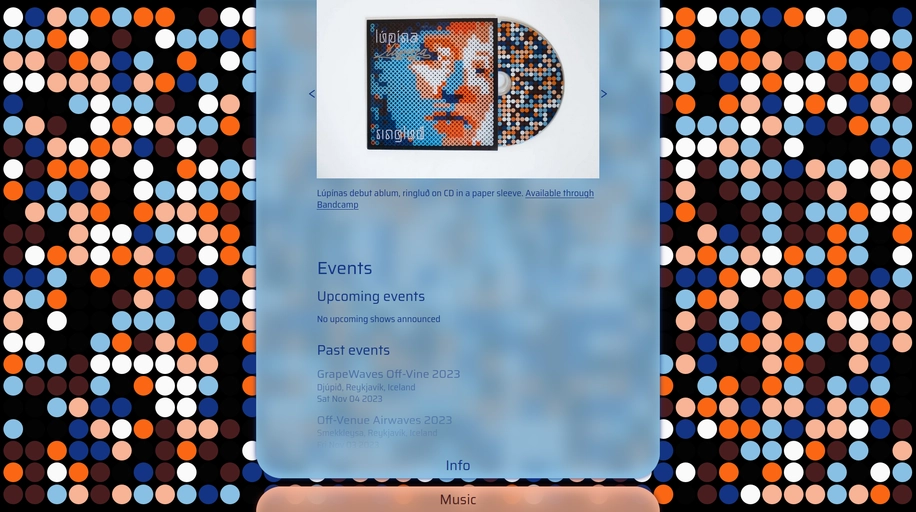
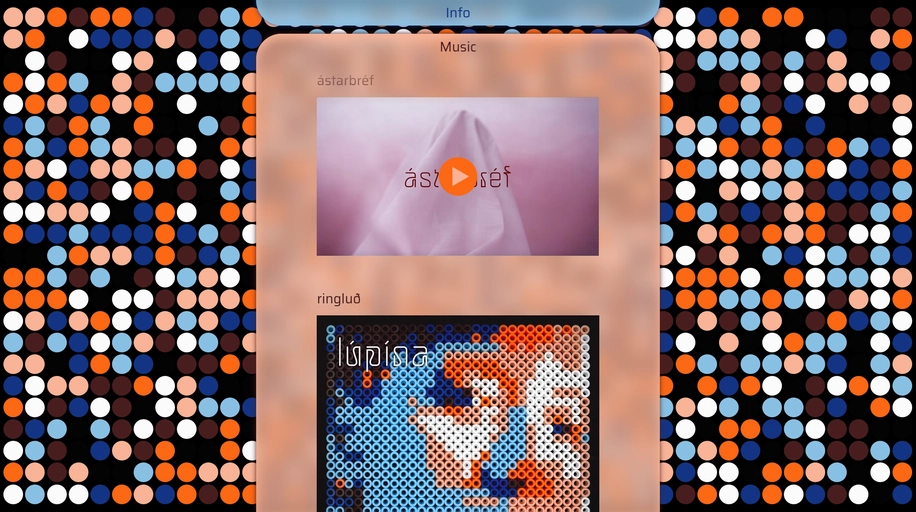
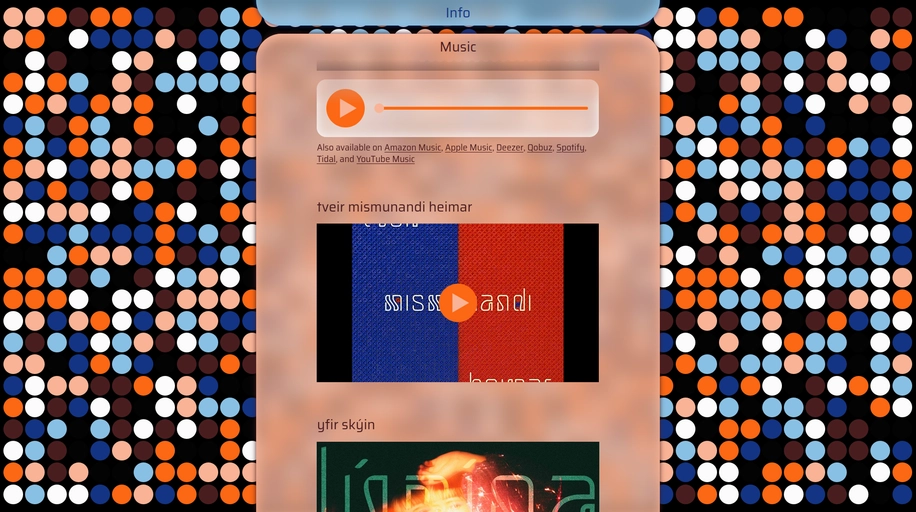
A website for the Icelandic musician lúpína. The websites features two columns that slide into view from either the top of the page or the bottom. The top column contains the artists biography, contact information, available merch as well as past and future concert/events that lúpína performed at. The bottom column contains all her music videos as well as her album and singles. The background is the same dot pattern that I designed for her debut album “ringluð” and is randomly generated every time the site is visited.
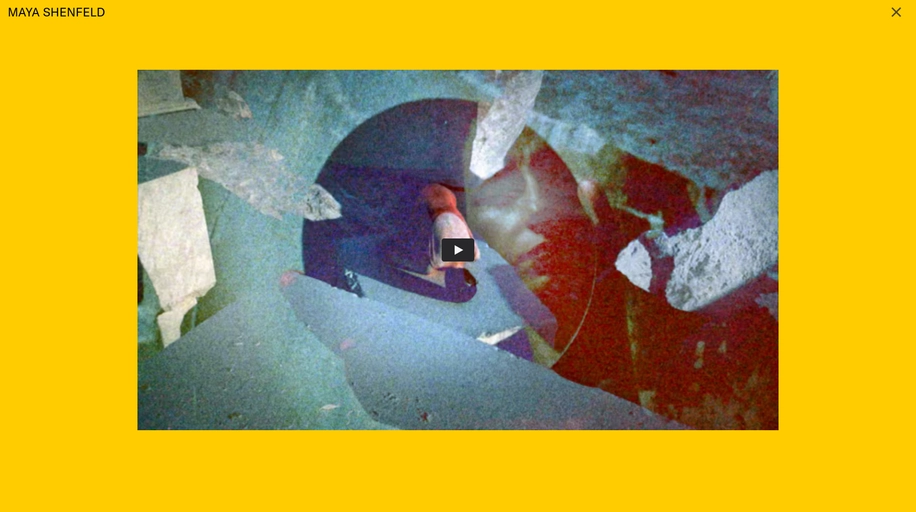
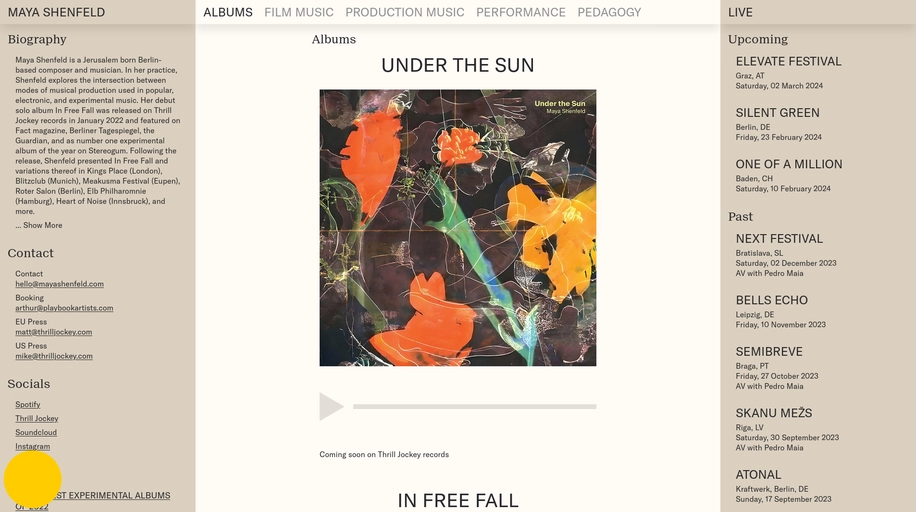
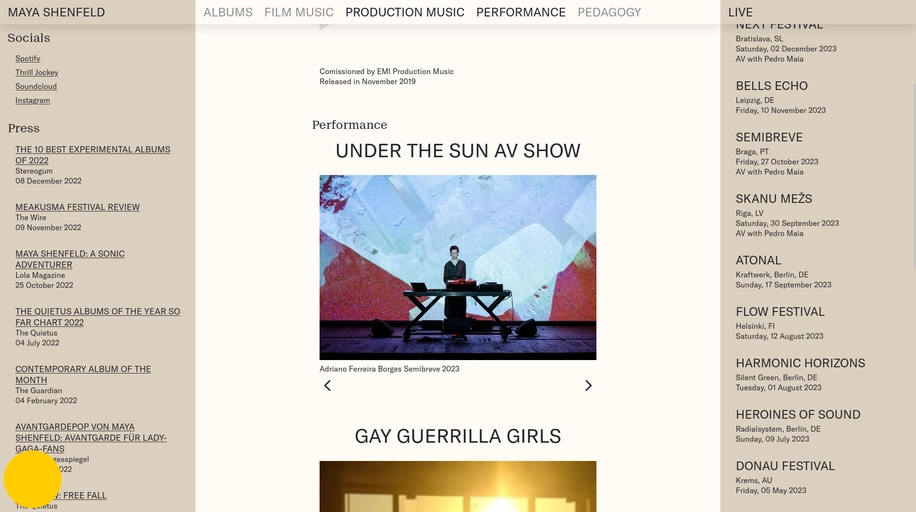
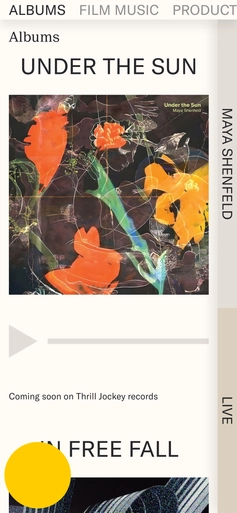

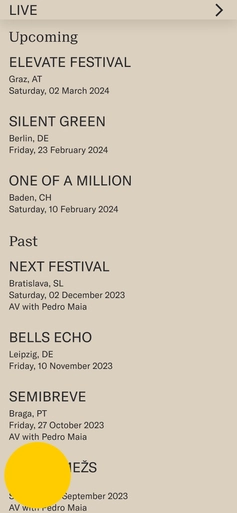

A portfolio website for the musician and composer Maya Shenfeld. The project started out as a simple restyling but as the old portfolio website was overly complicated, contained a bunch of content that was no longer relevant, and created with a CMS that did not bring joy we decided it would be easiest to start from scratch. The design went through a few iterations but eventually settled into a three column layout, where every type of information is easily visible. The left column contains information about the artist such as the biography, contact information, links to social media, and so on while the right column contains all past and present live appearance. The center column displays for all the music and projects the artist has released separated into categories. A little navigation bar sits on the top which allows the viewer to easily jump to each category.
As the website was rewritten from scratch we decided to use Astro for the front-end and Sanity CMS for the back-end.
This project was made in collaboration with Katharine Wimett and Maya Shenfeld.
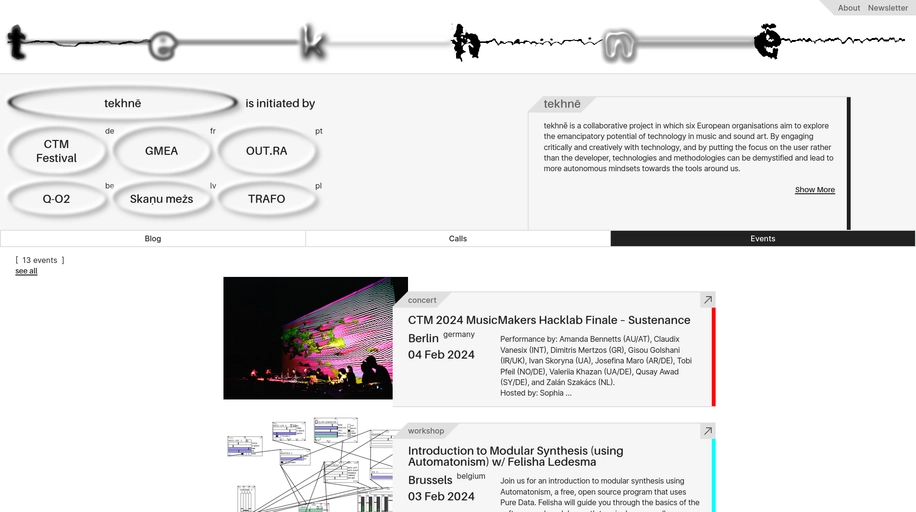
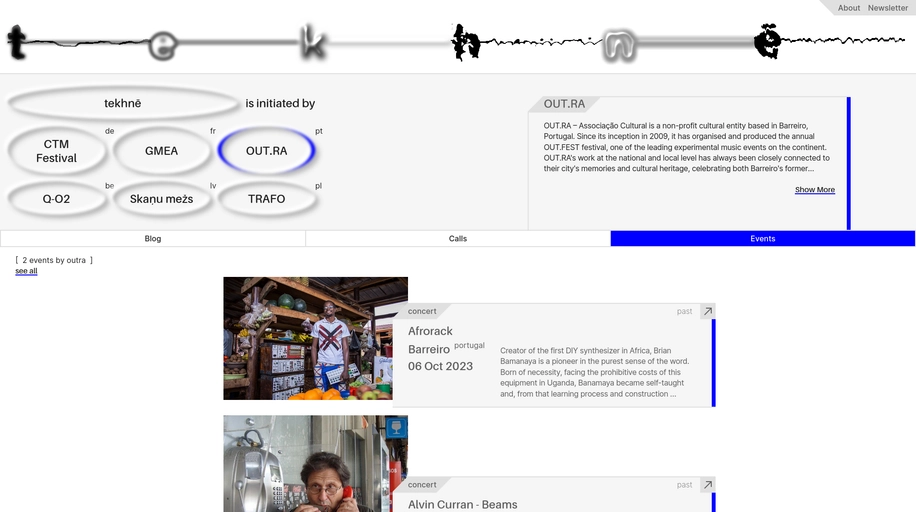

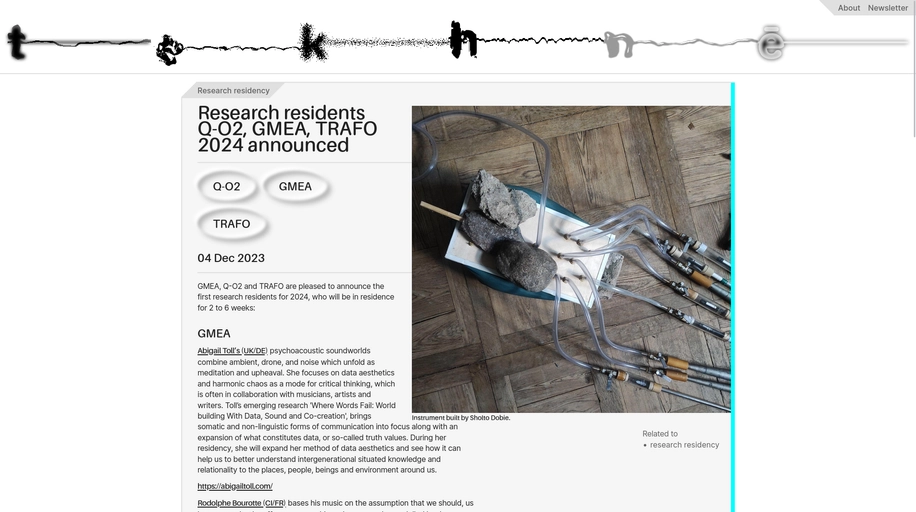
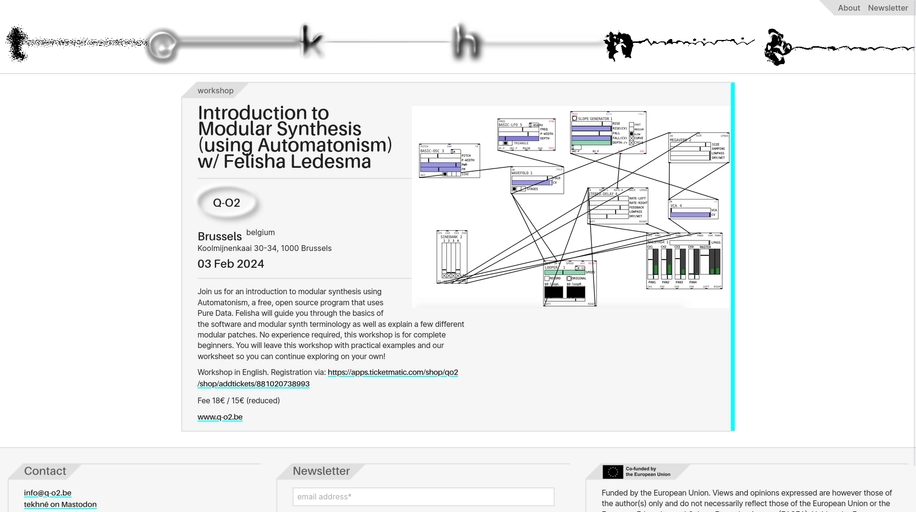
A website for tekhnē, a collaborative project in which six European organisations aim to explore the emancipatory potential of technology in music and sound art. I participated in designing and developing this website under the hat of Open Source Publishing, along with 2 other members of the collective. The aim for the website was to create a platform where various information related to the project could be published such as blog posts, open calls and events along with a journal section that debuts in 2024.
The website is developed using Pelican, a static site generator written in Python which builds the site from Markdown files. The “CMS” so to say is a instance of Nextcloud to host the markdown files along with a tool that gives the members of tekhnē the ability to easily regenerate the site through a web interface. This means that website can easily be edited locally on any computer that has Nextcloud installed using a markdown editor and the redeployed through a push of a button in the web interface.
As the whole content structure of the website is based on (markdown) files and folders we wanted to reflect that in the design. Files and folders having certain style so the folder structure of the CMS can be deciphered through the layout of the website. As the tekhnē project is in essence about exploring technologies, we decided to use that as a starting point and do a deep dive into SVG filters which we used to construct the visual identity and logo of the tekhnē project as a whole. The website uses the fantastic AmiAmie Rounded font designed by Mirat Masson along with the default “system-ui” font which varies from computer to computer.
We also developed an internal tool for branded content for social media, but that will be explained better in a different section.

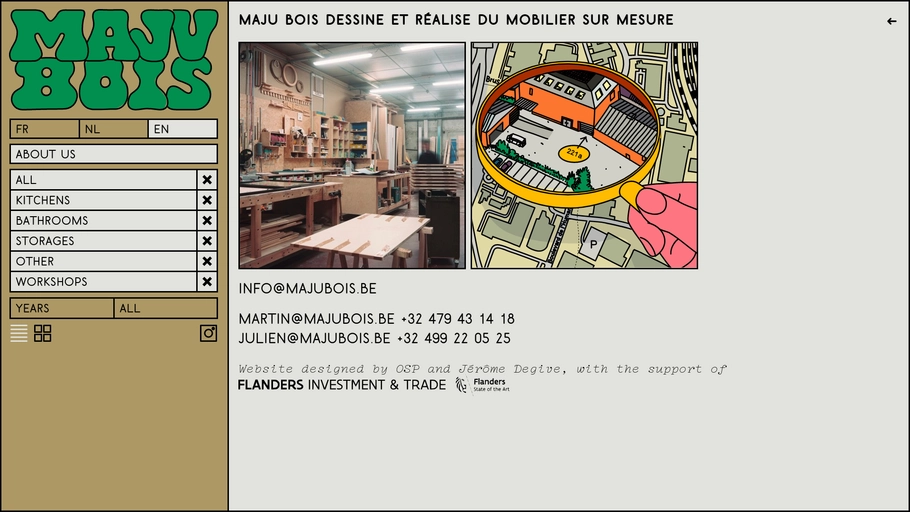
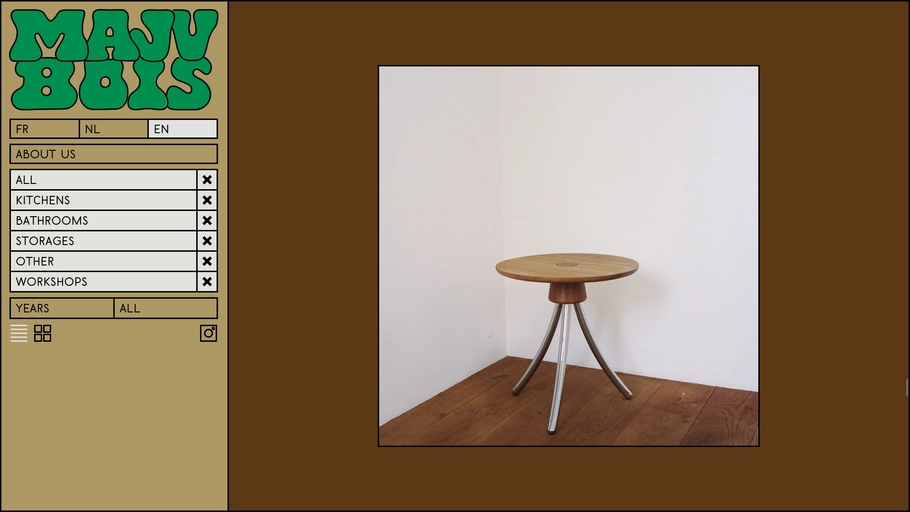

A website for Maju Bois, a woodworking studio based in Brussels. I participated in designing and developing this website under the hat of Open Source Publishing along with 2 other members of the collective. Maju Bois provided clear direction for the website’s structure, where each project is represented with a single image. By clicking on the image, the viewer can access additional information that slides out like a drawer. The website features two distinct views: a fullscreen “list” view where users can inspect each project more closely, and a grid view which displays all the projects in a three-column grid. The “main” panel and the “side” panel move in opposite directions, while information panels slide out like drawers being opened, mimicking the feel of the woodworking shop.
The website also contains lively illustrations by Jérôme Degive, and a playful and colorful design that perfectly captures Maju Bois’ craftsmanship and creativity. The website is developed using GravCMS and is available in three languages: French, Dutch, and English.

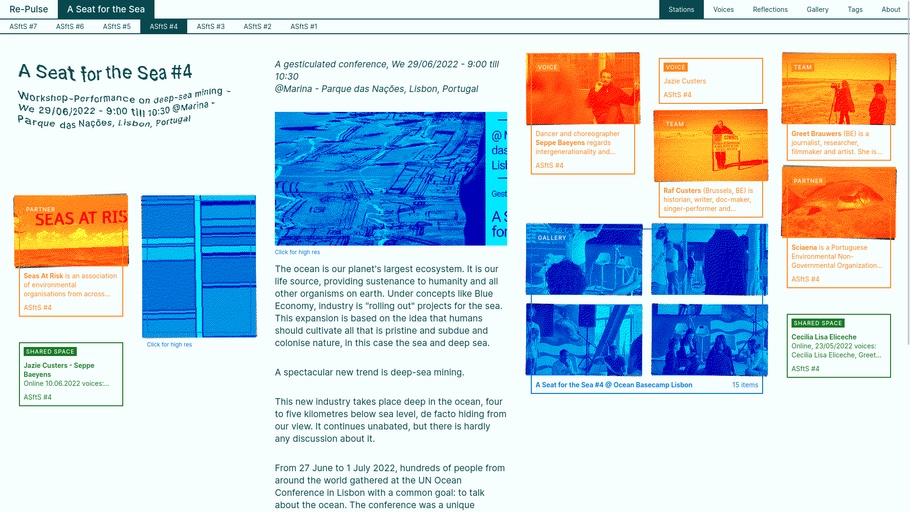
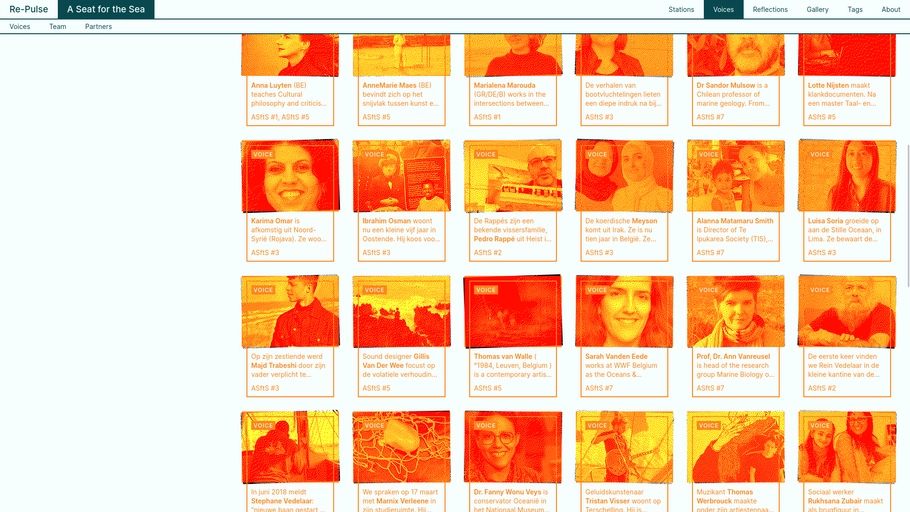
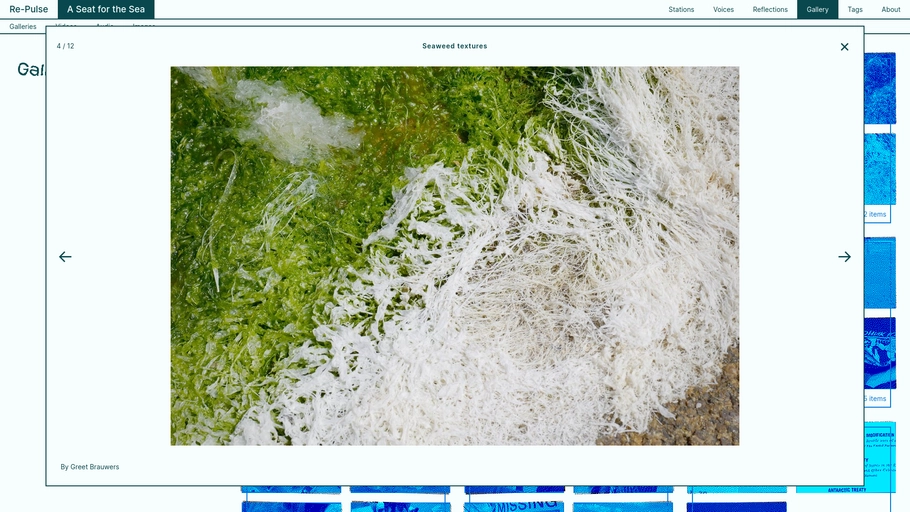
A Seat for the Sea is an artistic-research project coordinated by Greet Brauwers and Raf Custers which aims to enhance the comprehension of the sea, its existence and threats through seven workshops that happened through 2022. It invites actors of all kinds, but with particular experience related to the sea, to take part in this journey. Open Source Publishing collaborated with Greet and Raf on designing and developing a website to host and publish the research that was generated through the project. The website is built using Ethertoff, a CMS based on Django, which uses the collaborative note-taking application Etherpad to generate content. Ethertoff was an ideal choice as it allows all the participants of each workshop/station to take notes and author content together simultaneously.
The project involved designing the visual look of the website, developing the frontend within Ethertoff as well as some changes to the Ethertoff backend as it is a constantly evolving framework that changes with the needs of each project.
Visit the website at ASeatfortheSea.com
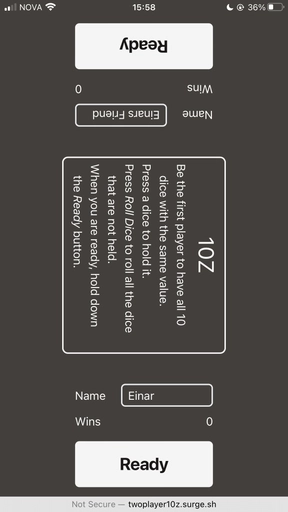
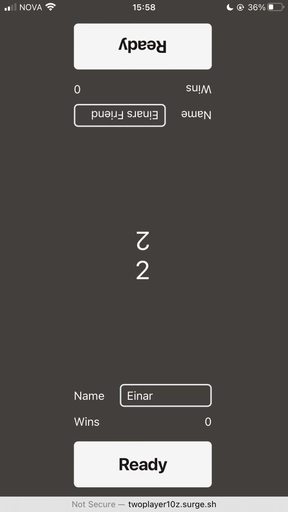
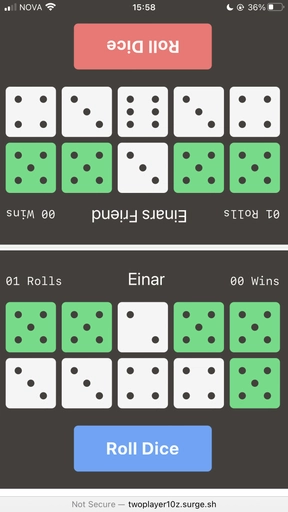
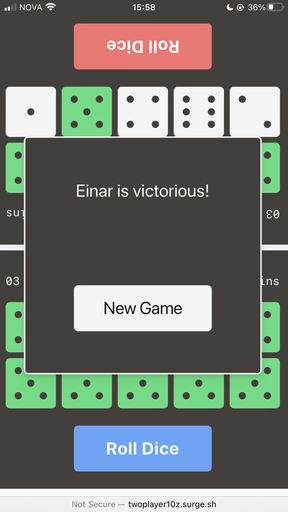
In my free time, I developed a small game called “Two Player 10z” based on the dice game Tenzi. Players start with 10 dice and attempt to roll as many of the same number as possible. They can choose to hold some dice between throws. The game is won when all 10 dice show the same number. My two-player version allows two players to compete against each other using one smartphone.
The game was developed using React, Tailwind, and Vite.
The inspiration for this project came from one of the projects in the Scrimba React course.
You can try it out at twoplayer10z.surge.sh
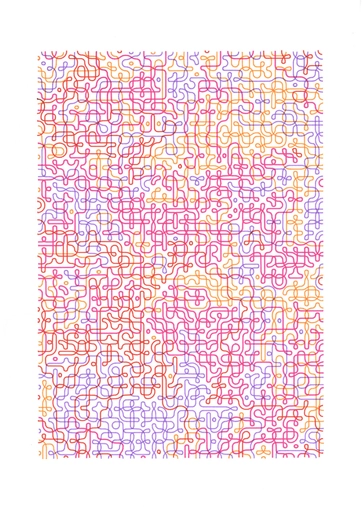
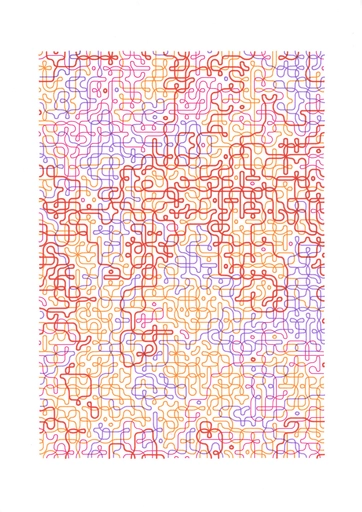
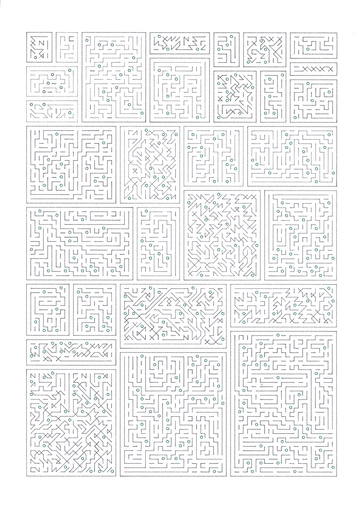

Some experiments with creating algorithmic art and using a pen plotter to draw it. The code for the artworks is developed in python using vsketch and the drawings were plotted on a Roland DXY1200 using stabilo pens.
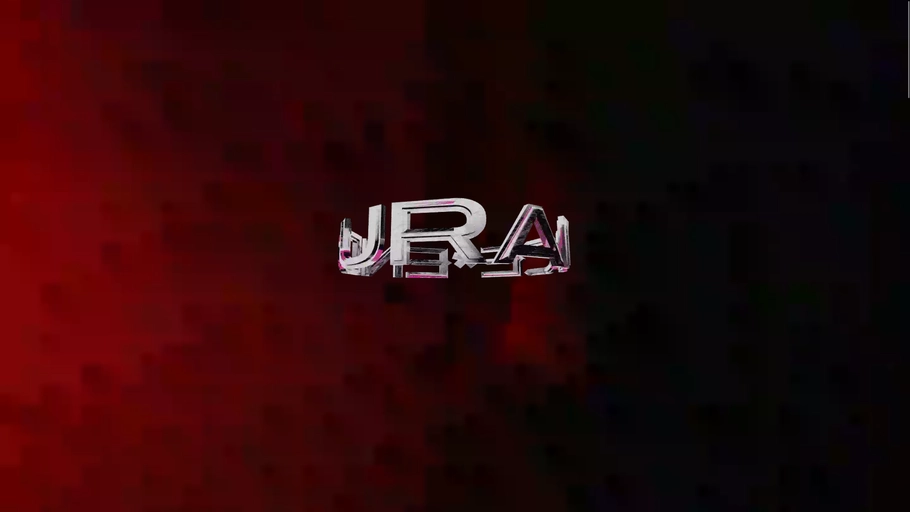
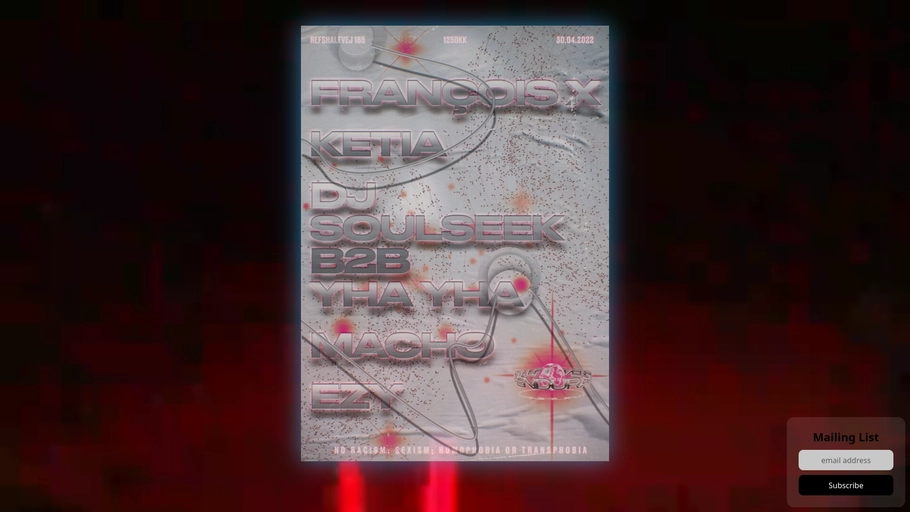
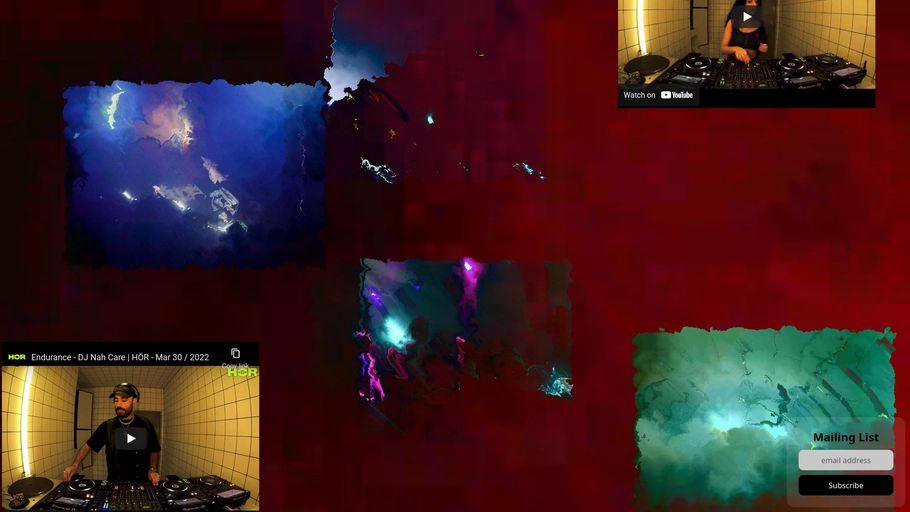
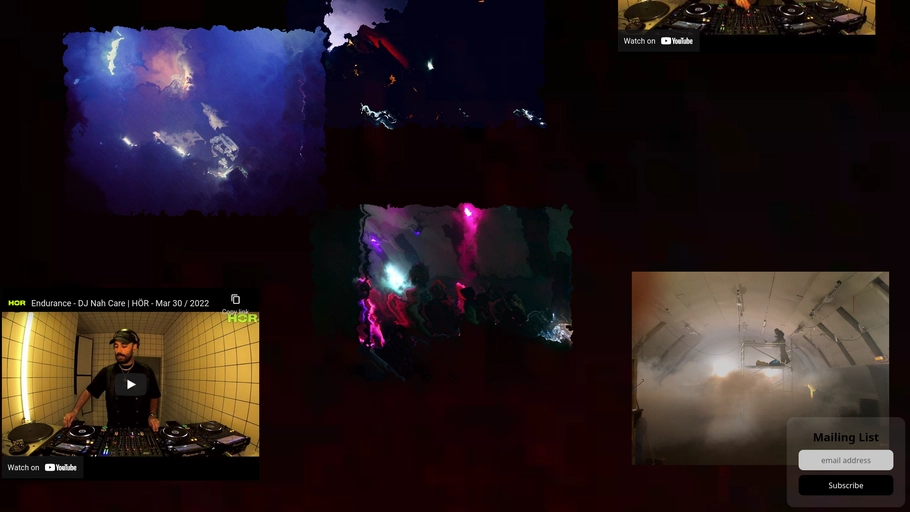
Endurance CPH, a Copenhagen-based rave collective, commissioned me to design and develop a website to showcase upcoming events and archive media from past events. The archive was designed to be visually heavy and abstract, capturing the atmosphere of Endurance’s raves. The website greets you with an animated 3D Endurance logo and chaotic, flashing video made from footage of previous parties. Scrolling down reveals a poster for their upcoming or most recent event, while scrolling further reveals a selection of distorted images and videos related to Endurance, which becomes clear when hovered over or clicked on. The website was built with GravCMS.
Visit the website at endurancecph.net
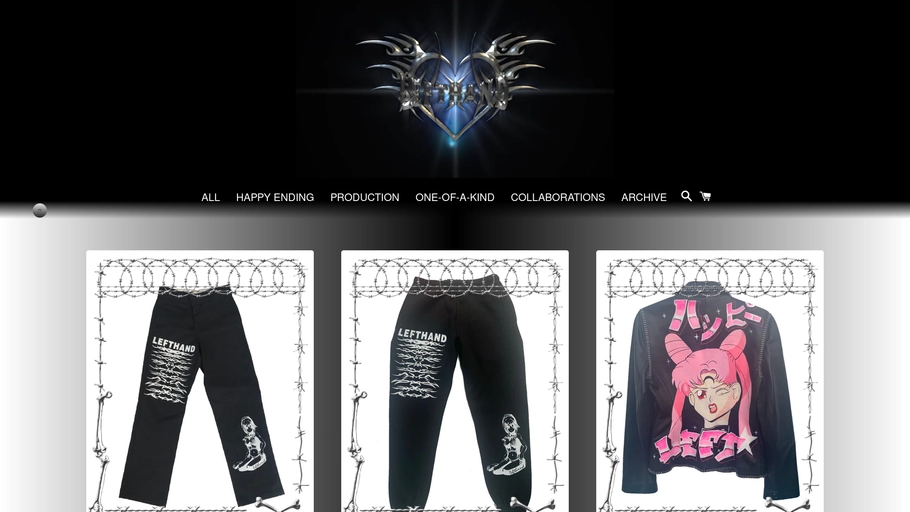
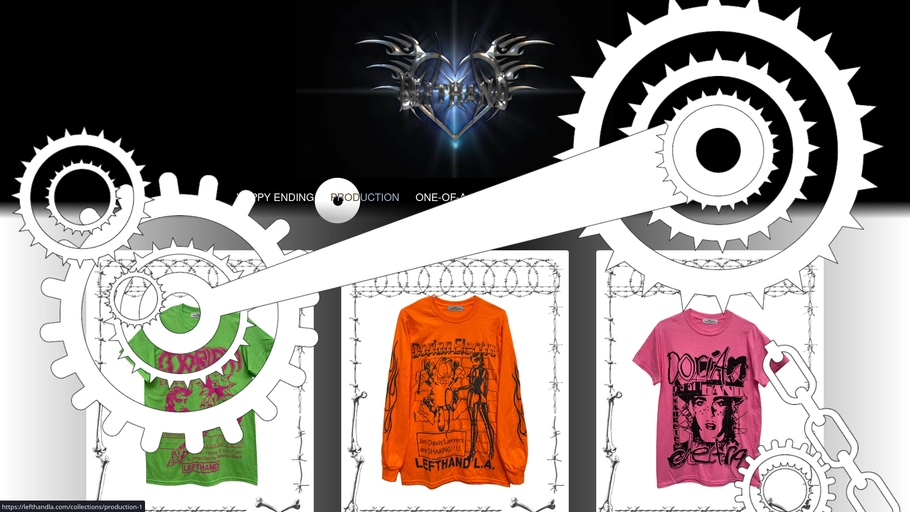
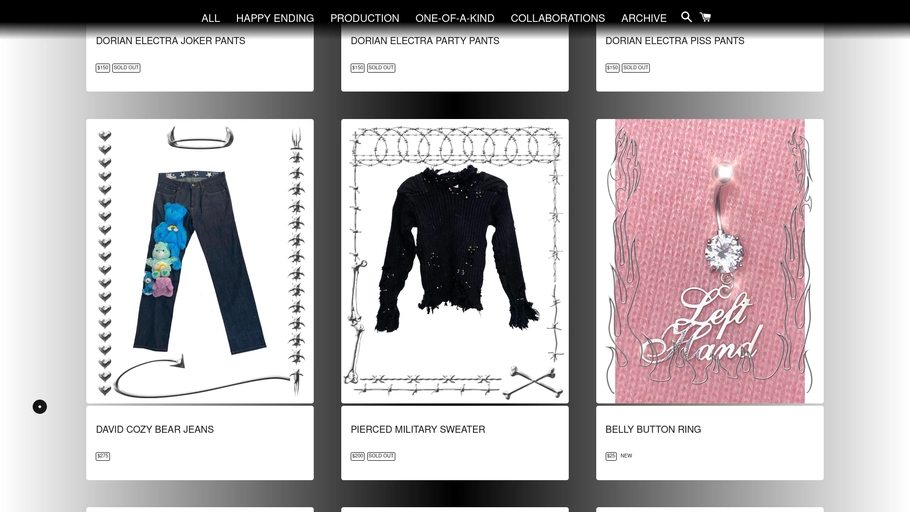
LeftHand LA is an one-of-a-kind clothing line by Julie Kucharski, established in 2012. It combines repurposed garments with an experimental collage approach to DIY. We started the project by organizing the massive archive of clothing into collections. The collections are One-of- a-kind, Production, Collaboration, and Archive. We then developed a visual identity for each collection that ended up being an image-frame, inspired by the decorative GIFs of the early web. These chrome collaged frames play off of the LeftHand LA logo. The website was developed in Shopify together with Marius Tetlie and Katharine Wimett.
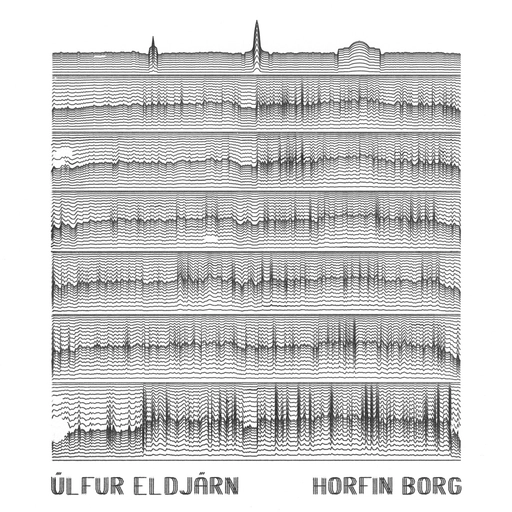
I was commissioned to design the visual aspect of the interactive sonic artwork Reykjavík GPS by Úlfur Eldjárn, starting with an album cover for the release of the first single, Horfin Borg (A Vanished City). Knowing that more singles were to be released in the series, I aimed to design a visual system that could generate future album covers instead of a one-off artwork. The concept around Horfin Borg explores the juxtaposition of the past and present in the city of Reykjavík, so I thought it would be fitting to also experiment with juxtaposing new and old techniques. I ended up writing a web app where I could convert an audio file into a linear pattern featuring the skyline of Reykjavík at the top, which morphs gently into a pattern that is unique to the song of the song. The pattern was then “printed” using a modified 3D printer that worked as a pen plotter. The resulting imagery was scanned for the online release, and a limited set of posters were printed with the plotter and sold.